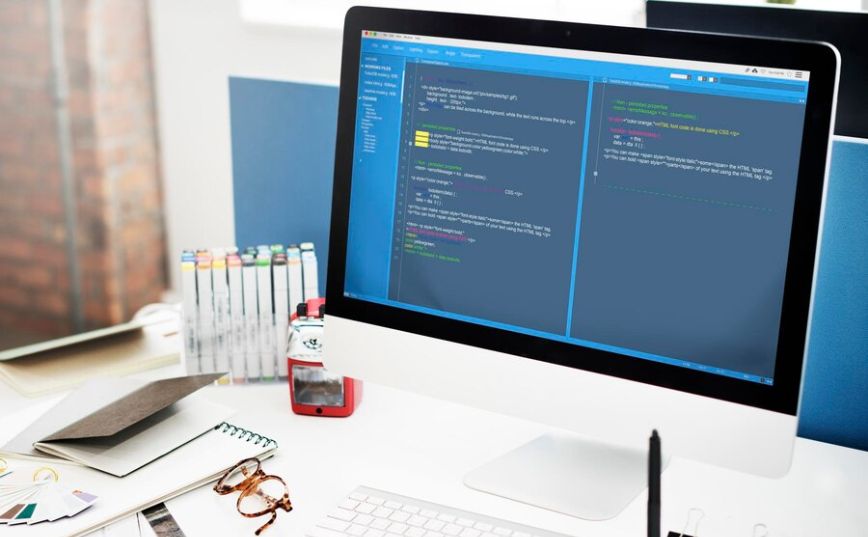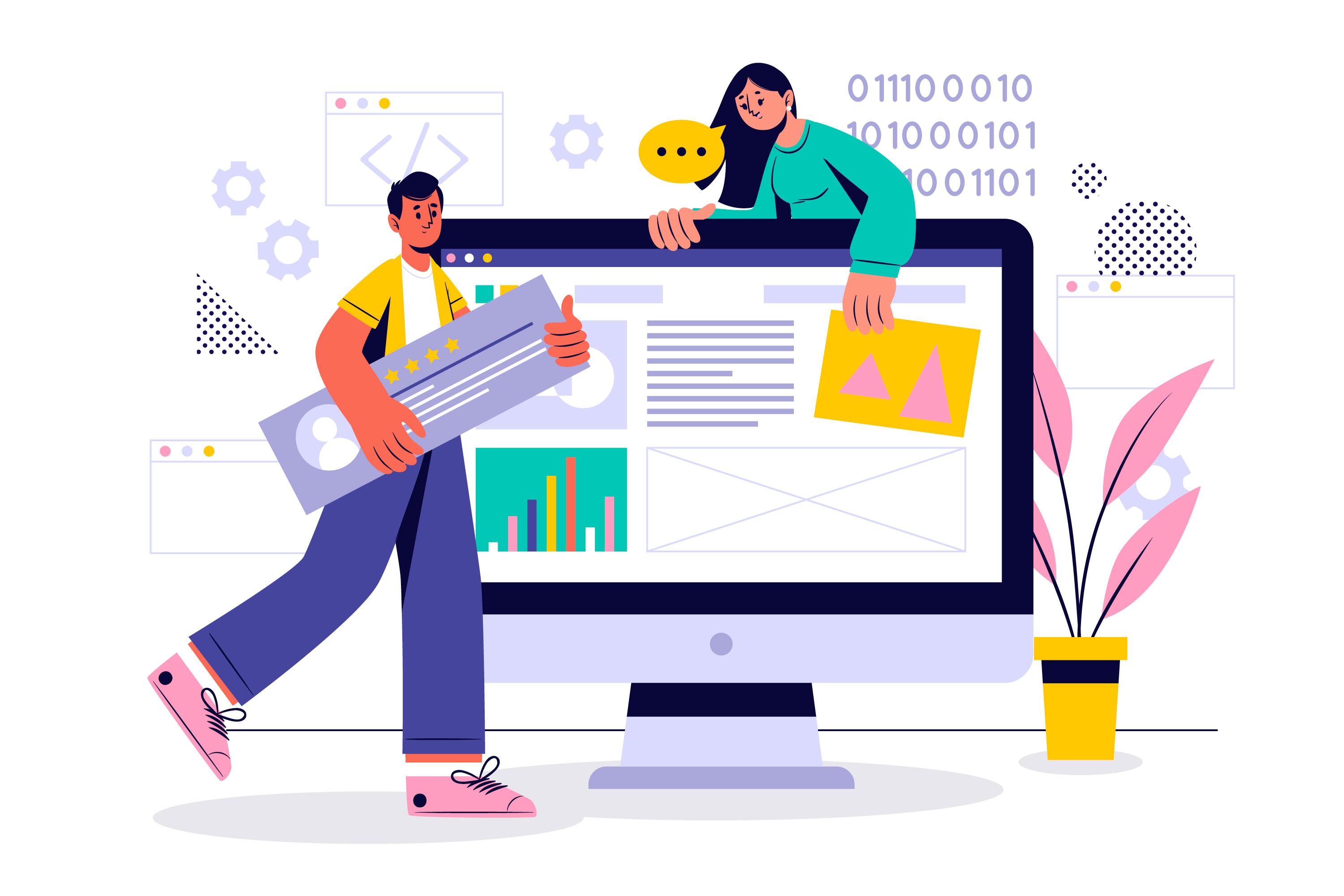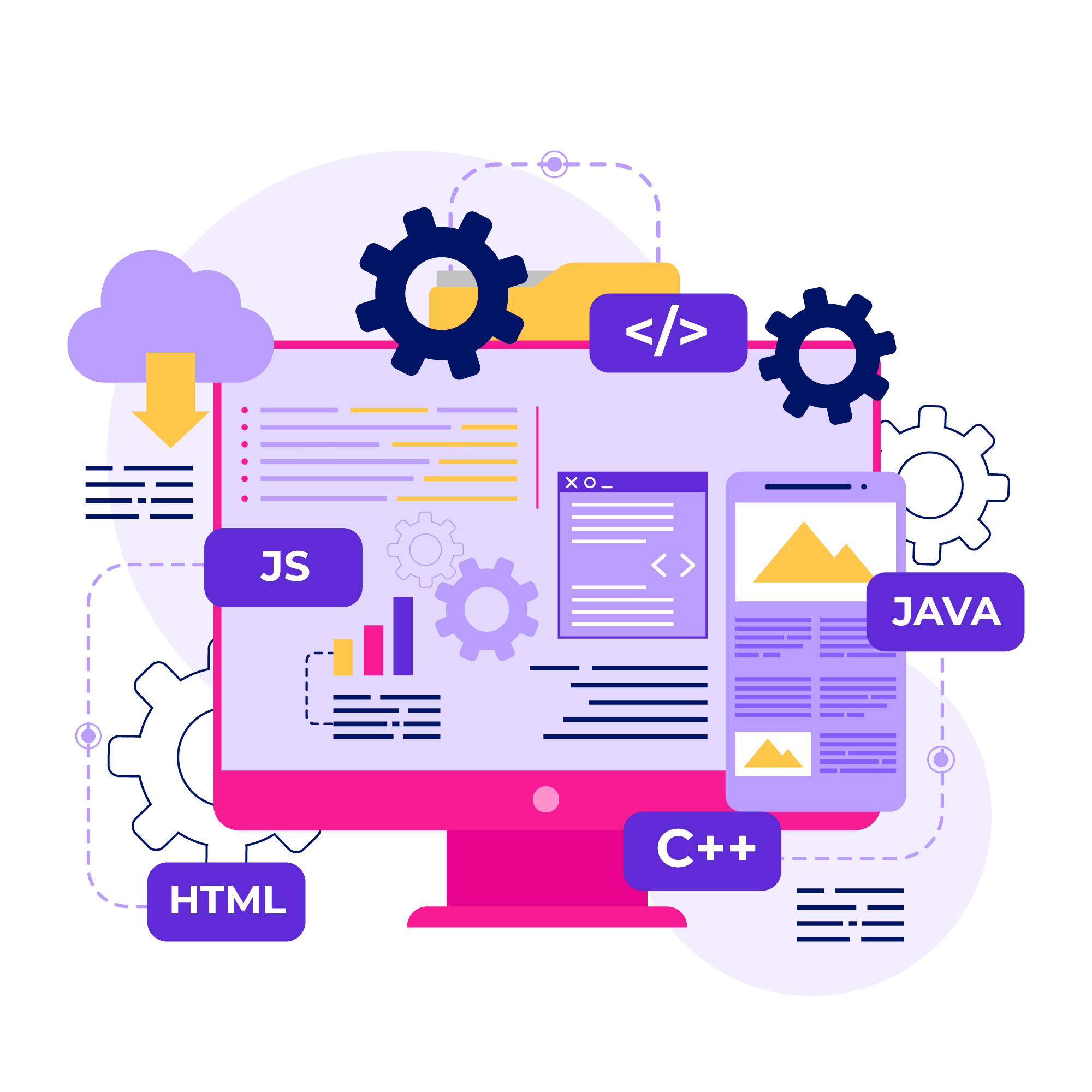Headless CMS vs. Traditional CMS: What’s Best for Custom Web Development?

Strong 8k brings an ultra-HD IPTV experience to your living room and your pocket.
The world's first content management system (CMS) was developed in the late ‘90s. It was designed to manage the content of the websites seamlessly. However, as technology evolved, CMSs have grown to be more sophisticated, intuitive, and specialized.
Until recently, traditional CMSs like Drupal, WordPress, and Joomla have conquered the market. But with the introduction of headless CMS, web developers have shifted their web development strategies.
Today, it has become crucial for businesses to deliver content across multiple media. The rise of complicated digital experiences and omnichannel marketing has rendered traditional CMS in certain functionalities, making way for headless architecture.
Nevertheless, there is still debate about which is better — headless CMS vs traditional CMS. To simplify matters, in this blog, we have uncovered the differences between traditional and headless CMS to help you understand which approach is better for your business.
So, without further ado, let’s begin.
Traditional CMS vs Headless CMS Comparison
Here are some of the key differences between traditional content management tools and headless CMS.
1. Definition
Traditional CMS, often known as monolithic CMS, is a user-friendly content management system. It allows users to easily create, manage, and update content and publish straight to the website. Nevertheless, it has limited customization options and may to serve well across different platforms and devices.
Headless CMS is an independent content management system, separating the backend from the frontend to allow users to streamline content organization and publishing across different channels and devices. It offers maximum flexibility and customization options, allowing users to create tailored solutions to their specific needs and challenges.
2. Content Management
Traditional CMSs are known for their user-friendliness. They typically include drag-and-drop editors and WYSIWYG to help non-technical users generate and edit content easily and quickly.
In headless CMSs, developers take center stage. The content is managed via an API, which needs to be properly learned and understood due to various data formats. It has a steep learning curve and requires technical know-how; nevertheless, it offers better content control than the traditional systems with a flexible software architecture.
3. Ease of Use
One of the advantages of traditional CMS is its simplicity. Most traditional CMS comes with a user-friendly UI that does not require any specialized training or skills to use. This allows users to create and organize content immediately without any hurdles.
However, headless content management systems has a steep learning curve and requires a developer’s expertise to manage content on this platform.
4. Customization and Flexibility
Customization is one of the greatest traditional CMS limitations. The available themes and plugins do lend some extent of customization capabilities; however, making extensive changes can be difficult.
Customization and flexibility are two of the most common headless CMS benefits.
Using headless CMS, developers are allowed to develop custom frontends with any programming languages or web development frameworks of their choice. This ensures tailored interfaces for different devices and channels, ensuring an enriched user experience.
5. Omnichannel Delivery
Delivering content across different platforms like mobile, smart devices, and the web can be challenging with traditional CMS since the structure is designed only for web delivery.
Headless architecture widely supports omnichannel content delivery, enabling developers to fetch content from anywhere with the frontend applications because of its decoupled nature. This facilitates content delivery and ensures consistency across mobile apps, websites, single-page applications, etc.
In addition, headless CMS architecture and traditional CMS can also be differentiated based on scalability, security, and costs.
Traditional CMS is difficult to scale, is vulnerable to outdated plugins and themes, and incurs a lower upfront cost.
Headless CMS is easier to scale because of its API-driven architecture. The security benefits of using headless CMS are more robust and controlled with custom frontends. Besides, it has a higher upfront cost due to the custom development.
Is Headless CMS Better for Modern Web Development?
The ideal choice between traditional and headless CMS for modern web development will depend on several factors.
Analyzing these factors, as mentioned below, will guide you in choosing the right CMS for web development.
- For complex projects and omnichannel delivery
When it comes to addressing complex projects and omnichannel delivery, headless CMS can be a great option. It supports the development of mobile apps, dynamic websites, and SPAs to streamline content delivery across different platforms. It offers excellent flexibility and scalability, thus saving hefty investments in the long run and ensuring cost-effectiveness for large-scale projects. However, understanding the headless CMS pros and cons will help in analyzing if this system will be the best approach for your complex project.
- For businesses with limited skilled resources
For projects where you have limited resources with lesser technical know-how, then traditional CMSs will be the best option for you. Nevertheless, it is best to consider a custom website development company to build websites using headless CMS to address any potential need for omnichannel delivery or customization in the long run.
- For simple websites
If you aim to build a basic website or a blog site with little to no customization requirement, then a traditional CMS will work best for you. It will not only ensure website performance optimization but will also make the development process fast and cost-effective.
- For businesses with skilled resources
If you have skilled developers at your disposal, then headless will be the best CMS for custom web development for you. With headless CMS, you will be able to develop custom websites aligned with your business needs and challenges.
Conclusion:
If your question is, “How to Choose Between a Headless and Traditional CMS?” then the answer will depend on your needs, project complexity, timelines, resource availability, technical capabilities, and budget.
For novices and startups with limited resources, technical support, and budget, choosing traditional CMS for the start will always serve to be a better option.
Similarly, headless is the best CMS for scalable web applications for large-scale enterprises with the required resources, budget, architecture, and risk appetite.
Finding the best enterprise CMS Platforms will help you enjoy flexibility, scalability, and intuitive designs that drive enhanced user experience and distribute content effectively across platforms/channels and devices.
Note: IndiBlogHub features both user-submitted and editorial content. We do not verify third-party contributions. Read our Disclaimer and Privacy Policyfor details.







